Conservative Islam
Conservative Islam
A Cultural Anthropology
Erich Kolig
LEXINGTON BOOKS
Lanham Boulder New York Toronto Plymouth, UK
Published by Lexington Books
A wholly owned subsidiary of The Rowman & Littlefield Publishing Group, Inc.
4501 Forbes Boulevard, Suite 200, Lanham, Maryland 20706
www.rowman.com
10 Thornbury Road, Plymouth PL6 7PP, United Kingdom
Copyright 2012 by Lexington Books
All rights reserved. No part of this book may be reproduced in any form or by any electronic or mechanical means, including information storage and retrieval systems, without written permission from the publisher, except by a reviewer who may quote passages in a review.
British Library Cataloguing in Publication Information Available
Library of Congress Cataloging-in-Publication Data
Kolig, Erich.
Conservative islam : a cultural anthropology / Erich Kolig.
p. cm.
Includes bibliographical references and index.
ISBN 978-0-7391-7424-1 (cloth : alk. paper) -- ISBN 978-0-7391-7425-8 (electronic)
1. Islamic fundamentalism. 2. Islam--Customs and practices. 3. Islam--Social aspects. I. Title.
BP166.14.F85K65 2012
306.6'97--dc23
2012001547
 The paper used in this publication meets the minimum requirements of American National Standard for Information Sciences Permanence of Paper for Printed Library Materials, ANSI/NISO Z39.48-1992.
The paper used in this publication meets the minimum requirements of American National Standard for Information Sciences Permanence of Paper for Printed Library Materials, ANSI/NISO Z39.48-1992.
Printed in the United States of America
Acknowledgments
I am grateful to many Muslims and non-Muslims who in one way or another over many years have been helpful in shaping my views on Islam and stimulated my interest in how people live guided by this fascinating religion. They brought to life the rather dry matter published in books, journals, newspapers, on the web and in blog sites. But they are not responsible of course for my interpretations and for the views that inform my analysis and description. Any shortcomings and errors in this study cannot be blamed on them. There are too many people to name them all. In many cases I do not know their names, but their kindness or their views, sparking my interest, have remained in my memory. (Muslims would be less than human thoughand my ability to remember would be rather deficientif some of them would not have left rather negative impressions. But even being threatened with a knife in the holy city of Qom by a fanatic who did not want my infidel feet to touch sacred ground was instructive and valuable in a way.)
Through my research in Afghanistan and Indonesia and the travels in the traditional Islamic world (in Turkey, Iran, Pakistan, Kashmir/India, Malaysia, Morocco, Egypt, and the United Arab Emirates) I could become acquainted with the many faces of Islam. In Austria and New Zealand I received interesting insights into Muslims as a religious minority and how the diaspora in a Western secularised liberal democracy influences the lives of the devout. This has always been the angle of my interest in Islam: as an anthropologist my approach focuses on the social aspect rather than the purely theological one.
I could repeat much of the litany of gratitude expressed in my previous book New Zealands Muslims and Multiculturalism (Brill, 2010), but I will refrain from doing so. Instead I want to acknowledge a much wider circle of people. Conversations, seminars, lectures and research projects of my colleagues, research assistants and associates, and graduate students at Otago University, in New Zealand, over many years have been invaluable in stimulating my interests and deepening my insights into Islam and Muslim cultures. From among them, I like to thank Professor Rex Ahdar, professor of law, for focusing my interest on the sharia, Dr. Joko Susilo for his ever cheerful guidance around the not-so-harmless cliffs of Indonesian radical Islam, Drs Najib Lafraie and William Shepard for helpful suggestions from their font of knowledge of Islam, and Professor Paul Trebilco of the Theology Department at Otago University, for providing me with some logistic support in his capacity as director of the Centre for Studies of Islam and Muslim Cultures. My (late) friend Dr Assadullah Baha has taught me much about Afghanistan and pashtunwala. Abdullah Drury, a Muslim convert, has supplied me with information about Islam in New Zealand, my home for the last forty years. I also thank the Department of Cultural and Social Anthropology at Vienna University, my alma mater, which provided me with several appointments as Visiting Professor and thus allowed me to observe first-hand the growing Muslim diaspora in Europe and reactions to it. (My teaching duties were in the area of indigenous politics, theory of religion and Australian Aboriginal studies, but unofficially I could engage in my hobby of Muslim studies, observing multiculturalism and culture politics.) In this context I owe Professor Em. Karl Wernhart, as (former) Rector of Vienna University, a debt of gratitude.
My fieldwork in Afghanistan as a graduate student at Vienna University (my thanks go to the Anthropology Department at Kabul University) and later in Indonesia intermittently over the last fifteen years (my thanks to Universitas Kristen Satya Wacana, and Badeni) were profoundly important to my professional interests. Perhaps somewhat unusual for Islamology, I am also drawing on my research experience among Australian Aborigines over a period of thirty years (a special thanks to Ron and Catherine Berndt who initially gave me the big chance) and experiences collected in several other places (in Melanesia, Polynesia, Europe, Asia, etc.). For these experiences gathered over a period of forty years I owe so much to hundreds of people. I cannot even begin to name them. I can only silently encompass them in my acknowledgements for the kindness they have shown me.
Last but not least, I thank my wife Nicole for her understanding and forbearance when I was preoccupied with this work.
***
I am not an Arabic speaker. For that reason and to avoid getting into an argument about the correct rendering of terms of that language, unapologetically I place the emphasis on simplicity and ease. Arabic words are presented therefore in the simplest or most commonly employed English rendering, and without using the letters hamza and ayn, usually shown as upper case inverted commas. Thus it is simply Quran and not Quran, sharia and not sharia, etc. However I will retain, for instance, Shii or Shia as this is in common use.
References to the Quran are made using the official Saudi version and translation The Noble Quran, produced in Madinah. Its English is not necessarily always the most elegant rendition, but it has the official stamp of approval of the authorities most closely associated with world Islam.
In most cases in which news items and current affairs have been referred to I have not listed the media source where I obtained this information. Important news are reported world wide in many different languages and in various media (internet, newspaper, television, radio etc.) and not always exactly at the same time and in identical detail. Such information is usually retrievable through Google or other search engines and can easily be checked this way. Similarly, I have been sparing with my references to the anthropological literature, confining myself only to the most outstanding literary contributions. Otherwise the footnotes would easily have swollen to double the volume.
Notes
For a very recent and brief explication see William Shepard, Introducing Islam. London, New York: Routledge, 2009; p. xvi-xviii.
Introduction
Next page
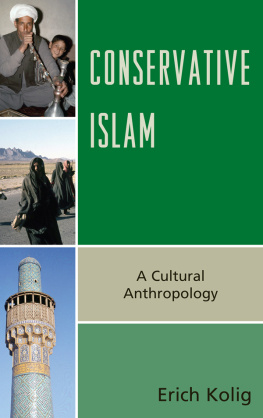


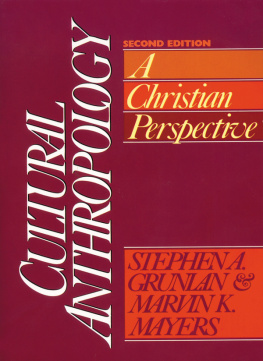

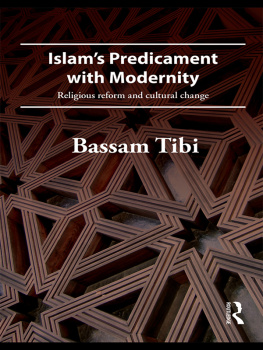
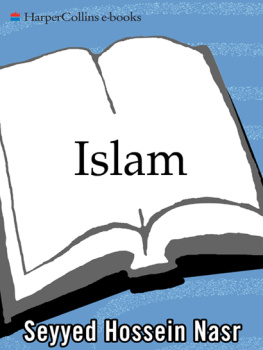
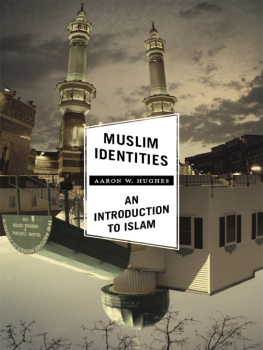
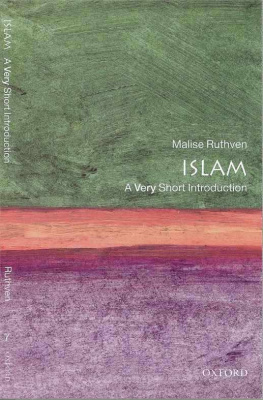
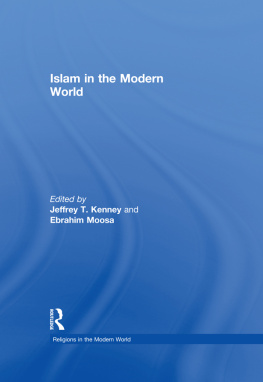
 The paper used in this publication meets the minimum requirements of American National Standard for Information Sciences Permanence of Paper for Printed Library Materials, ANSI/NISO Z39.48-1992.
The paper used in this publication meets the minimum requirements of American National Standard for Information Sciences Permanence of Paper for Printed Library Materials, ANSI/NISO Z39.48-1992.